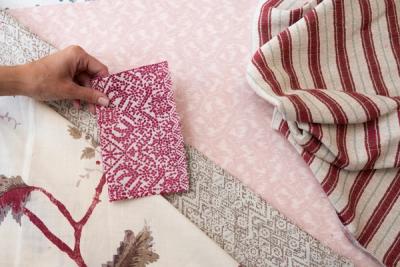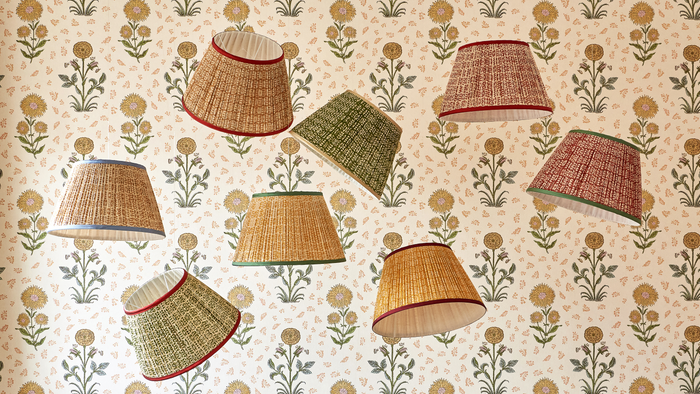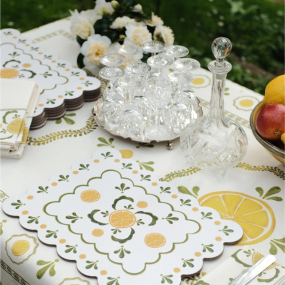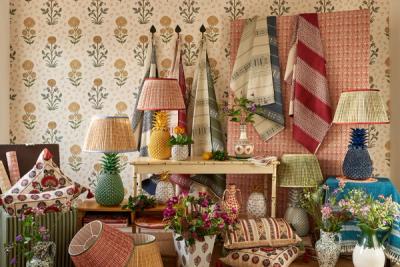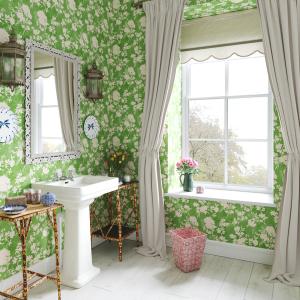
Japanese Textiles: An Introduction
Japanese textiles are a unique art form. The distinctive designs and decorative treatments give Japanese textiles the exceptional aesthetic merit they deserve.
Some 14,000 years ago - when the first inhabitants settled in Japan - the tradition, or rather the infatuation, with textiles began. Textiles and cloths have defined Japanese culture over the last 14,000 years, with the earlier days of textile creation - and even to this day - being ruled by class. The wealthy and the poor would rely on and have access to different materials, giving birth to the eclectic variety of distinctive textiles we associate with the country today.
At Penny Morrison, we are always inspired by the styles and crafts pioneered around the world, and our own fabric collection draws on elements from our travels. Below, you'll find an introduction to one of the most distinctively beautiful textiles in the modern design world.
The Division of Class That Defined Early Japanese Textiles
Some of the Japanese textiles we know today come from humble beginnings. Much of the early days of textile creation in Japan were dominated by class. Until the 1600s, coarse hemp was the fabric of choice for a predominantly impoverished Japan. Rural Japanese craftswomen spun the locally grown hemp and hand-loomed the fibre to create usable fabrics: either farm field clothing or household items.
Silk – considered to be one of the predominant Japanese textiles – wasn't actually produced in Japan or typically worn. Instead, the wealthy would import silk from neighbouring China - silk quickly became derogative of early Japanese textiles. Now, however, silk is one of the most utilised materials for Japanese textiles, with the most famous garments like the Kimono using silk as standard.
After the 1600s, the Japanese began to adopt traditional Chinese cotton cultivation techniques. Japanese textiles then quickly became dominated by cotton textiles - a material more accessible to everyday Japanese people than silk.
Materials Used For Japanese Textiles
The most common materials used for Japanese textiles today are cotton and silk, with the cotton either being recycled or organic. Both silk and cotton are deep-rooted within the culture and have arguably shaped the cultivation of modern-day textile designs. Linen and hemp are still widely used – although they're not as common as silk and cotton, although they still hold a rightful place in the history books.
Hemp and Linen
The Japanese once believed hemp and linen to be the same. They were both similar materials and woven in the same way. The fibres of hemp and linen were very similar in appearance and referred to by the same name, Asa. Although at the time, linen held slightly more value than hemp. Hemp was considered material for poor people.
Linen is valued for its strength and durability and has been produced across the globe for thousands of human history. It remains one of the trickier textiles to produce, since it cannot be done using machines alone – a key factor behind its higher value on the modern market.
Hemp and linen were the dominant textiles until the late 1600s; anyone wearing silk would instantly be regarded as a person of power and prestige. The smooth, delicate, almost glistening cloth silk produced was unmissable during an era where course hemp reigned supreme.
Cotton
Cotton quickly became a poor man's treasure. It was a material much softer on the skin than hemp, yet it didn't hold the same value as silk. Cotton was initially imported from China and India until the Japanese discovered cotton cultivation and started growing the plant in the warmer western regions. Much like hemp production, most cotton production happened in rural areas by women who had utterly perfected the craft.
Silk
Silk isn't the material most famously associated with Japanese textiles. Its divine, luxurious, soft, and slim composition made it a must-have for the wealthy, and it still is today, although it doesn't have the same value as it once did. At the time when silk was at its most valuable, aristocratic clans and an emerging monarchy, coupled with the newly inhabitant monks, created the demand for fine fabrics like silk. This era also gave rise to the widely appraised textile arts that arguably define modern Japanese textiles. Silk fabrics in either plain or twill weave would be dyed in solid colours or patterns, and different embroidery techniques would intricately weave detail into the fabric.
Modern Japanese Textiles
Modern Japanese textiles, whether clothes or household furnishings are arguably some of the most recognisable. The bold and distinctive use of colours and the eclectic range of patterns create a visual delight, and the craftsmanship of real Japanese materials is durable. The majority of textiles Japan produces draw inspiration from the country's rich heritage that has long influenced art and textiles. There is an emphasis on abstract pattern fabrics, as well as more traditional florals.
After all, you'll often find elements of fishing and nature woven into Japanese textiles - they also pay homage to traditional Japanese textile art by incorporating fine art with fine materials to create nothing short of a masterpiece.
Japanese textiles are distinctive; their unique aesthetic cultivates outstanding beauty. The history of Japanese textiles has shaped the modern-day items we know and love today, with many historical elements woven into the very fabric of every Japanese-style household decor or garment.
More from Decoration



